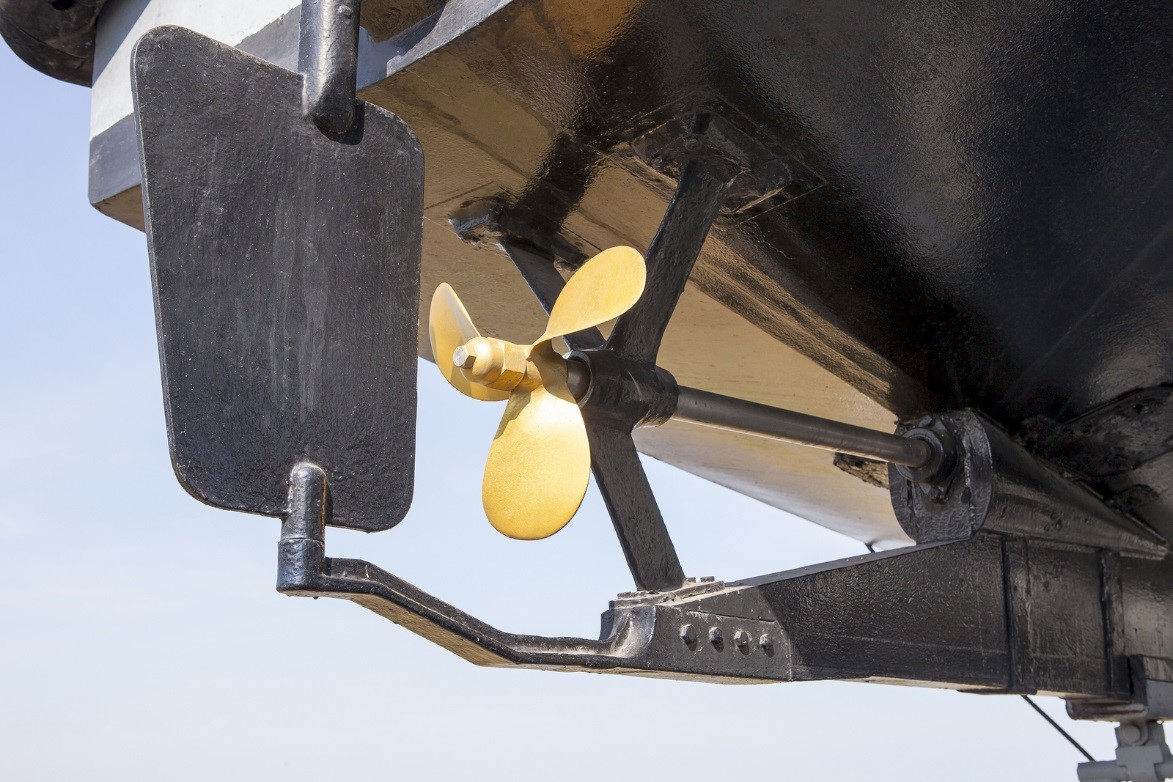It’s hard to overestimate the importance of brass in the industrial context. Thanks to its versatility, it has found use in the plumbing, automotive, hotel, healthcare, and architectural industries. However, there’s one other industry where brass plays a crucial role: the marine industry.
A Little History Lesson
In particular, brass has been a popular material for marine vessels such as ships since at least the 18th Century. Back then, most ships hulls were made of wooden timbers that, while sturdy, were also prone to damage from prolonged exposure to seawater. In particular, they were prone to infestation by shipworms, a kind of mollusc that burrows its way into the wood and lays its eggs there. A shipworm infestation can be so devastating that it can render even the proudest ships unworthy of seafaring.
Starting 1761, ship hulls were cladded with copper to help prolong their longevity—and with stunning success. That being said, copper is still quite expensive to source which led G.F. Muntz to patent a type of copper alloy: Muntz metal. Often called “yellow metal” for its hue, this alloy is a mixture of 60 per cent copper and 40 per cent zinc which was just as effective as pure copper, but much cheaper to manufacture.
Improving on a Proven Formula
Later on, a variant of Muntz metal will be invented called naval brass, which uses the same specifications as the former but with the addition of 1% tin. This alloy is extremely durable and offers excellent resistance to corrosion, making them ideal for a wide variety of uses in the marine applications. For instance, naval brass is often used propeller shafts and turn buckles.
Over time, this brass has also been used for ship details, including door hinges, screws, and railings. What’s more, naval brass became a popular material for decorative touches, such as lighting fixtures, coat hooks, and even bells and whistles.
Beyond the Sea
Given its properties, many industries outside of ship construction employ naval brass. Because it can be easily cut into various shapes, it is used in heat exchanger tubes, turnbuckle tubes in aircrafts, condenser plates, and welding rods, just to name a few.
Where to Get Naval Brass
Whether you plan to use naval brass for ship building or for other industrial uses, it’s important to get the best material possible. As such, work only with trusted brass sales suppliers to get the best price and quality of naval brass.
Sources:
Naval Brass, nbmmetals.com
Cabin Fittings & Lights, classicmarine.co.uk


